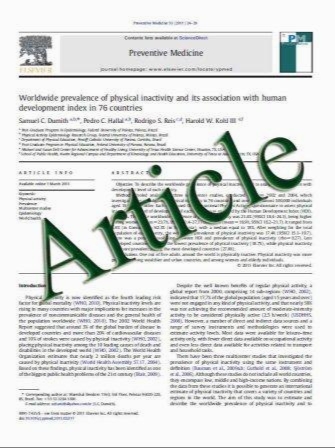The open sky approach to brow suspension surgery
- نوع فایل : کتاب
- زبان : انگلیسی
- مؤلف : Jonathan H. Norris & Raman Malhotra
- چاپ و سال / کشور: 2011
Description
This study was conducted to review the results of the open sky approach to frontalis suspension surgery for upper eyelid ptosis and reduced levator function. A retrospective, non-comparative audit in which all patients undergoing open sky approach frontalis suspension surgery with full-thickness skin crease incision and tarsal fixation of suspension material (SM). Outcomes reported include: upper eyelid height, pretarsal show, skin crease depth and contour based on postoperative standardised photographs. We reviewed 616 consecutive ptosis procedures over a 5-year period, of which 31 involved frontalis suspension (18 patients: seven female, 11 male). Mean age was 45.7پ} 26.7 years. SMs used included: silicon rod (n=21), autogenous fascia lata (n=8) and polytetrafluoroethylene (n=2). Upper eyelid height significantly improved from 1.12پ}1.2 to 3.2پ}1.3 mm post-surgery (P.0.0001). Pretarsal show was significantly higher preoperatively (7.4پ}2.3 mm) compared to postoperative measurements (5.6پ}2.4 mm) (P=0.005). Of the total cases, 84% had an improvement in skin crease depth, with 40.6% having postoperative symmetry with the contralateral eyelid. A sectoral droop, flattened and normal contour were seen in 12.9%, 22.9% and 58.1% post-surgery compared with 22.9%, 61.3% and 12.9% pre-surgery. The surgical revision rate was 16.1%, indications included: undercorrection (n=3), stitch granuloma (n=1) and wound dehiscence (n=1). All cases requiring revision surgery had undergone unilateral surgery with silicon rod. The open sky approach significantly improves upper eyelid height and pretarsal show. In addition, the depth and height of the skin crease are improved and in cases of both unilateral and bilateral surgery this technique produces good symmetry.
Eur J Plast Surg DOI 10.1007/s00238-011-0629-3 Received: 19 February 2011 / Accepted: 12 July 2011


